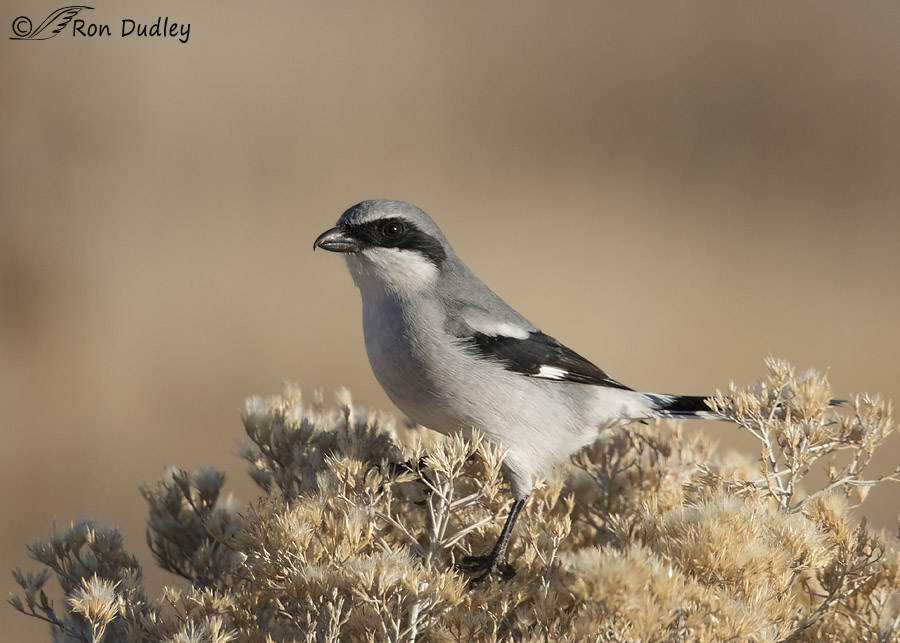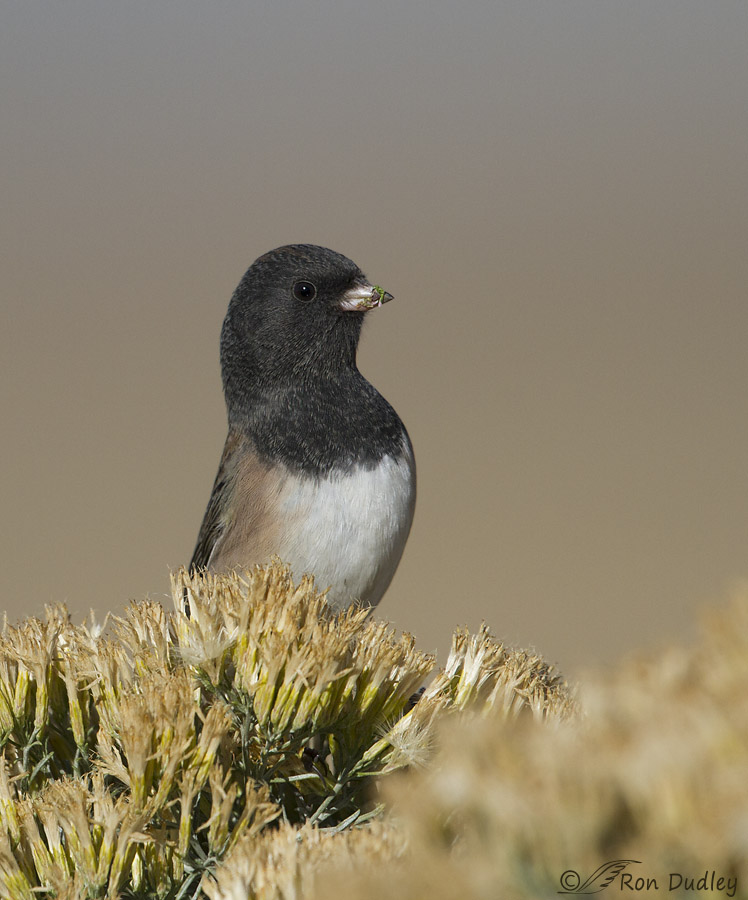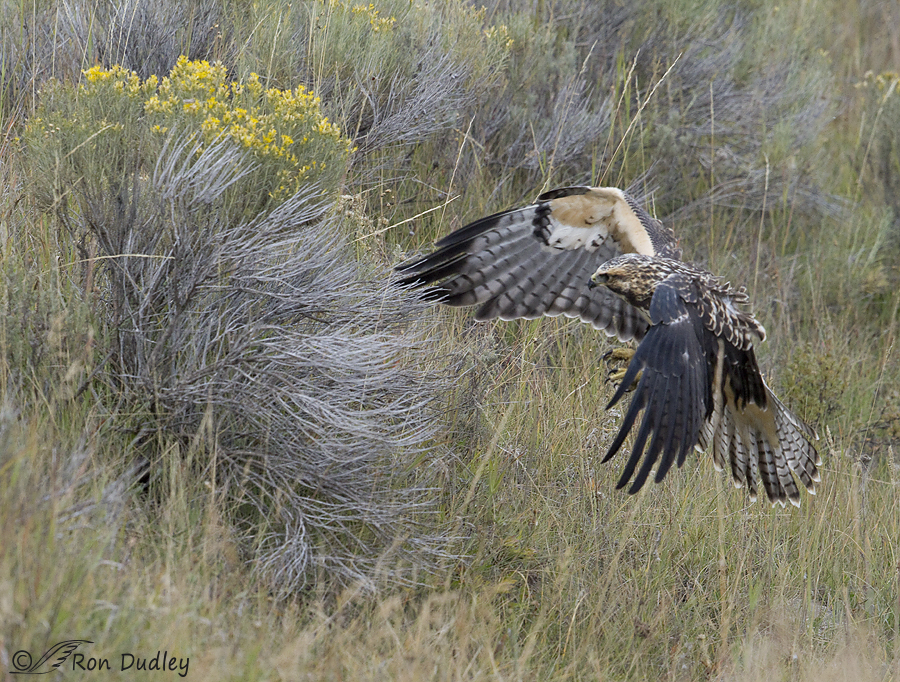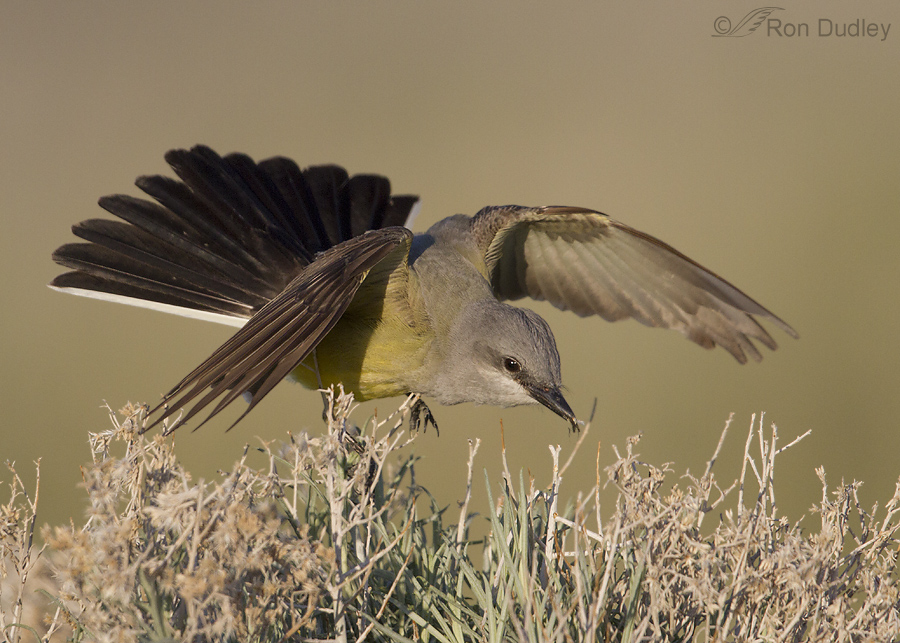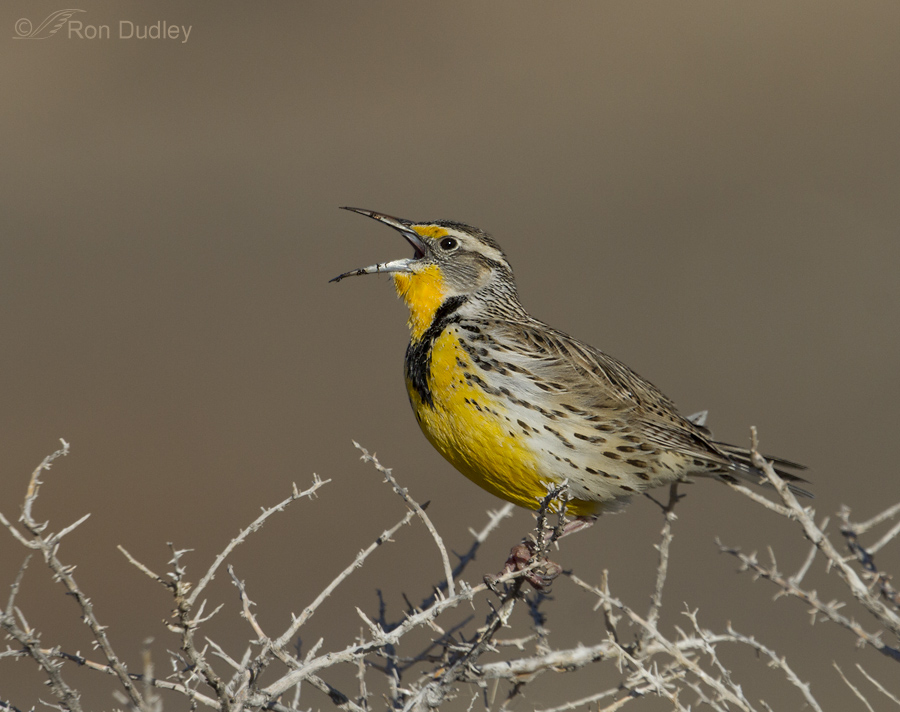Tag: rabbitbrush
A Couple Of Recent Juncos
Swainson’s Hawk Face-plant Into Rabbitbrush
Western Kingbird Feeding Behavior
Western Meadowlarks Of Spring
A Tribute To The “Common Species”
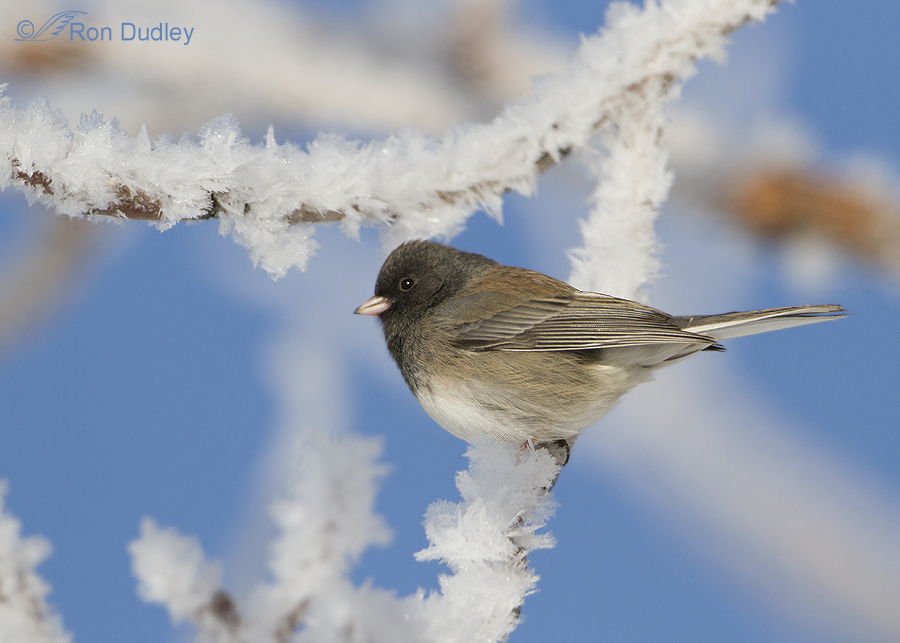
Many bird photographers tend to largely ignore the most common species in their areas and I’m as guilty of that as anyone.
There seems to be a sort of “supply and demand” philosophy – the more common they are the less appealing they are as subjects. That’s too bad for at least a couple of reasons – familiar birds can be just as interesting and beautiful as many of the others and what’s “common” where we live and/or shoot is very often uncommon or even nonexistent for folks in other areas. This post is meant to make up to some degree for my own poor judgment at times in choosing subjects.
A Minor Meadowlark Surprise
Yesterday morning I found this Western Meadowlark perched up high, in pretty good light and with a clean background so I couldn’t resist firing away.
Short-eared Owl In A Snowy Setting
I’ve had very few good opportunities with Short-eared Owls in winter but yesterday morning along the causeway to Antelope Island my luck changed a bit for the better. It was overcast but there was almost 6″ of fresh snow on the ground which helped slightly by reflecting some of the available light onto the bird. The setting in these three images is “high key” (light color tones with little contrast) because of all the snow. The background is the snow-covered lakebed of the Great Salt Lake. High key images don’t appeal to everyone. 1/2000, f/5.6, ISO 640, 500 f/4, 1.4 tc, natural light, not baited, set up or called in Northern Harriers and Rough-legged Hawks often hunt the causeway so when I first came across this owl my camera settings were already set for possible flight shots. I snapped off a few images at those settings before I made adjustments. I wasn’t particularly happy with the vegetation in front of the bird… 1/500, f/8, ISO 500, 500 f/4, 1.4 tc, natural light, not baited, set up or called in but it soon flew a few hundred feet west along the causeway and perched on a rabbitbrush that gave a slightly better view of the owl. For this shot I had maneuvered my position to get some very out of focus vegetation in the mid-background to provide at least a little bit of color back there but the difference is only slight. 1/500, f/8, ISO 500, 500 f/4, 1.4 tc, natural light, not baited, set up…
Red-tailed Hawk With Blooming Rabbitbrush
I love the fall colors of the blooming rabbitbrush on Antelope Island. I’m always looking to photograph songbirds perched on it because it can make such an attractive setting but for some reason they don’t often use it for a perch. But about two weeks ago I was able to get some images of this juvenile Red-tailed Hawk with blooming rabbitbrush in the setting and even though, in many of those photos, the rabbitbrush is a little “busy” and takes attention away from the bird, I still liked the shots for a change of pace from the soft, unidentified bokeh that is often preferred in avian photography. Some of these shots show habitat well and sometimes that’s a good thing… 1/2000, f/7.1, ISO 500, 500 f/4, natural light, not baited, set up or called in This bird had been “sit and wait” hunting as it was perched very low and close to me on a rusty, metal gate when it spotted something at the base of this rabbitbrush and flew in for the capture. At first I thought it had been successful because the hawk was “mantling” (spreading wings and tail over prey to hide it from potential competitors) but in the end it came up empty-taloned. 1/2000, f/7.1, ISO 500, 500 f/4, natural light, not baited, set up or called in So it soon flew off and I was able to get some shots as it did so. I like the dynamic take-off posture in this image, though some may find that the relative sharpness and bright…
Burrowing Owl Against A Clean Background
A few days ago we found this adult Burrowing Owl in early morning light and perched high on some rabbitbrush with the Great Salt Lake as background. After I got the pickup stopped it only gave me a second or two of posing before it flew off. 1/1000, f/5.6, ISO 640, 500 f/4, 1.4 tc Most of my images of this species show the bird on the ground with a cluttered setting so I like the cleanness of this image. I also enjoy the fact that with the sun so low both eyes are well-lit even at the top of the corneas where there’s usually some shadow from the brows. If I’d had more time I’d have adjusted my settings to get more depth of field for the tail but sometimes, just occasionally :-), birds don’t cooperate with my best intentions… Ron
American Kestrel Preening on a Rabbitbrush Perch
American Kestrels are pugnacious and skittish little falcons that are usually difficult to approach. But last week I found a cooperative male warming himself in the early morning sun while perched on rabbitbrush. Though feisty by nature this kestrel looked almost cuddly while all puffed up against the cold and nestled into the bush. 1/2000, f/8, ISO 500, 500 f/4, 1.4 tc I first approached him head-on which gave me some images where bird and perch combined to produce a pyramid shape that I liked. 1/3200, f/6.3, ISO 400, 500 f/4, 1.4 tc But then I maneuvered to get a different angle so that at least part of the tail would be visible. In these early shots my camera settings were meant to give me enough shutter speed for the take-off that I fully expected. 1/2000, f/7.1, ISO 250, 500 f/4 But when he began to groom contentedly I started fiddling with my settings to get shutter speeds and depth of field more appropriate for the situation. Here he is passing one of his tail feathers through his bill in typical preening behavior. 1/1600, f/8, ISO 250, 500 f/4 He gave me a variety of preening poses that I liked. 1/1250, f/8, ISO 250, 500 f/4 Some of the neck feathers are difficult to reach so they go through some strange contortions in an effort to get to them. 1/1600, f/8, ISO 320, 500 f/4 Here the eye was half closed but I was still able to get a catch light. …
Critters Among the Sunflowers of Antelope Island
Antelope Island is ablaze with color this fall, provided by the common sunflower Helianthus annus. The sunflower display is really quite spectacular this year – the most prolific I’ve ever seen it. I suspect it’s because of the very wet spring we’ve had. The sunflowers can provide a very pleasing setting for wildlife photography, whether the flowers are in focus along with your subject or out of focus to show off some pleasing and unusual color in the background bokeh. Canon 40D @ 72mm, 1/800, f/6.3, ISO 320, EV +0.33 It’s unusual for me to get so close to a pronghorn that I don’t have to use a telephoto lens but these bucks are in rut right now and they’re so intent on herding their harem of females that they’re not nearly so wary of people and vehicles. So I quickly pulled out my old 40D and shot this handsome fella at only 72mm while he was right next to my pickup and staring intently at his ladies close by. This allowed me to keep many of the sunflowers relatively sharp and gave a different “feel” to the image than I usually get with my big glass. Canon 7D, 1/2500, f/5.6, ISO 640, EV + 0.33, 500 f/4, 1.4 tc In contrast to the previous image, this Vesper Sparrow was shot with my 500mm and 1.4 teleconverter (1120mm with the crop factor of the 7D) at f/5.6 which gave me very little depth of field – just enough to get the sparrow sharp but the sunflowers in the background…


